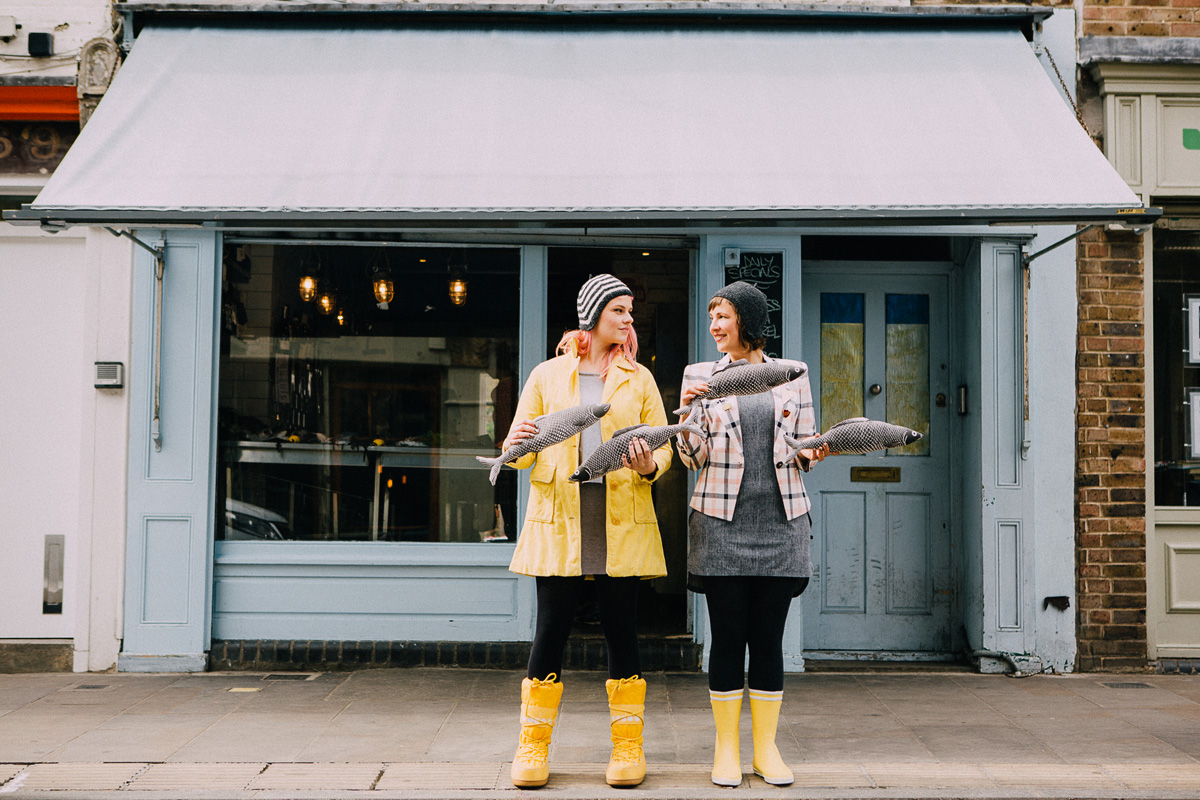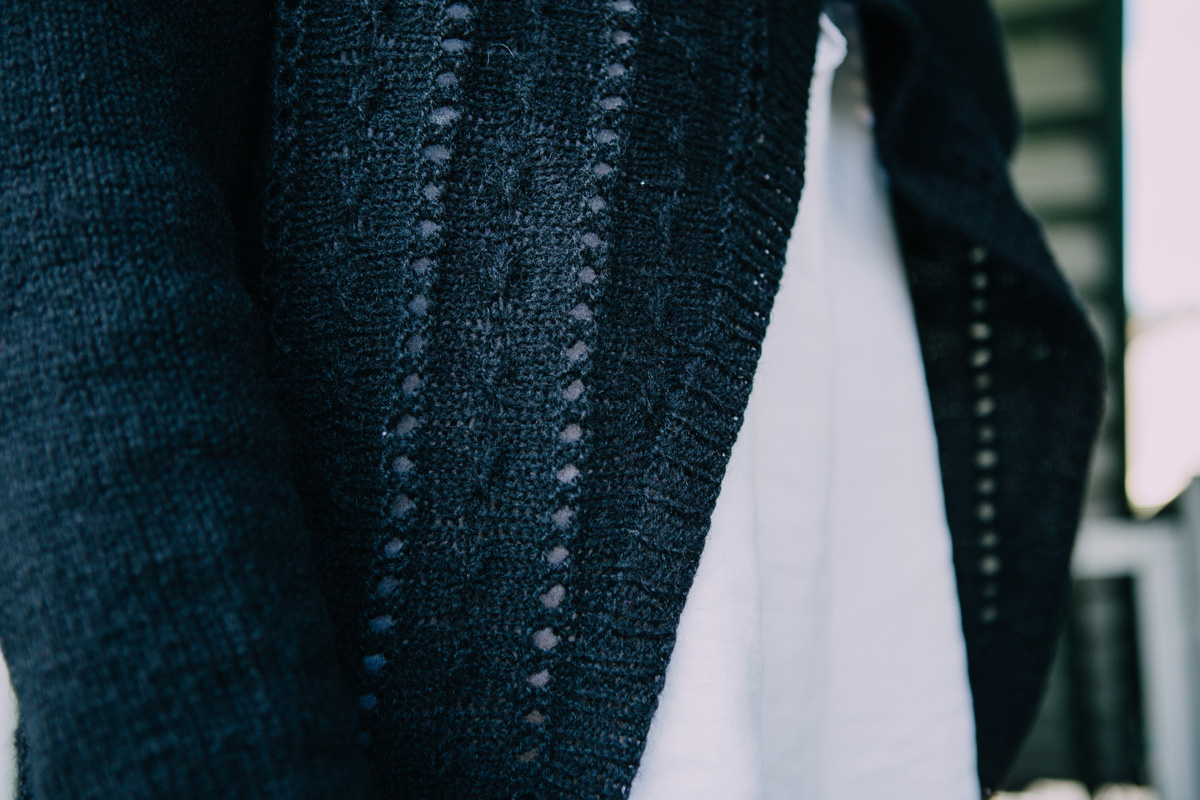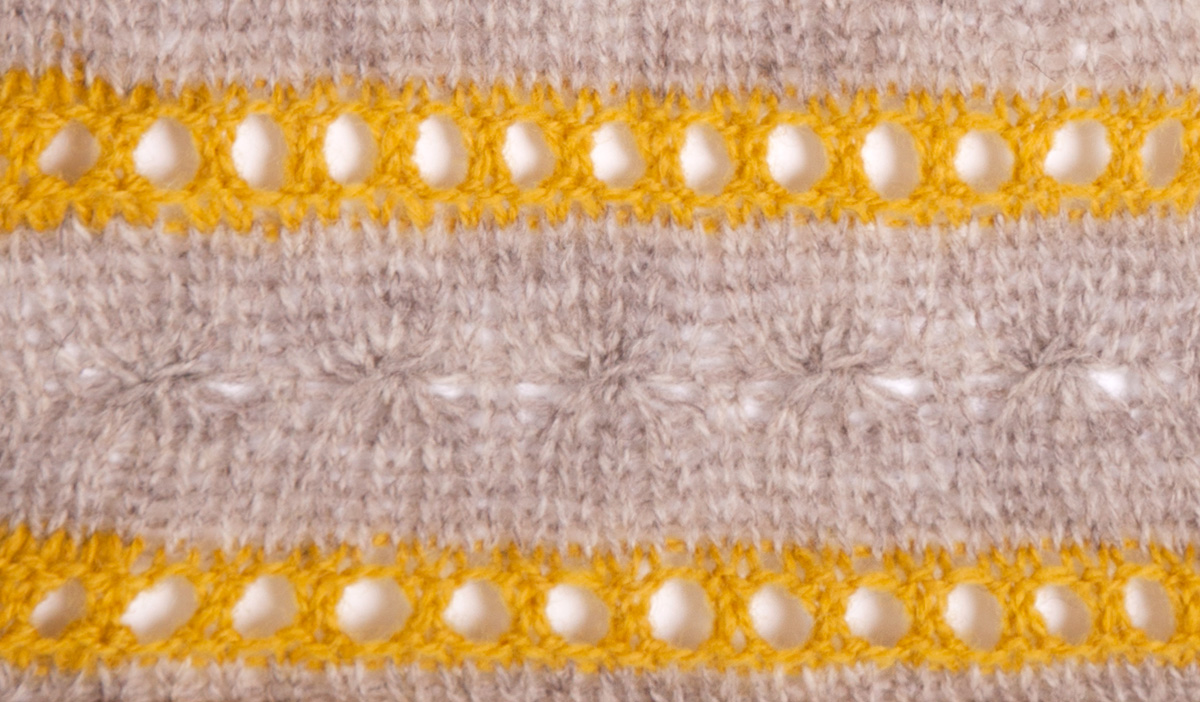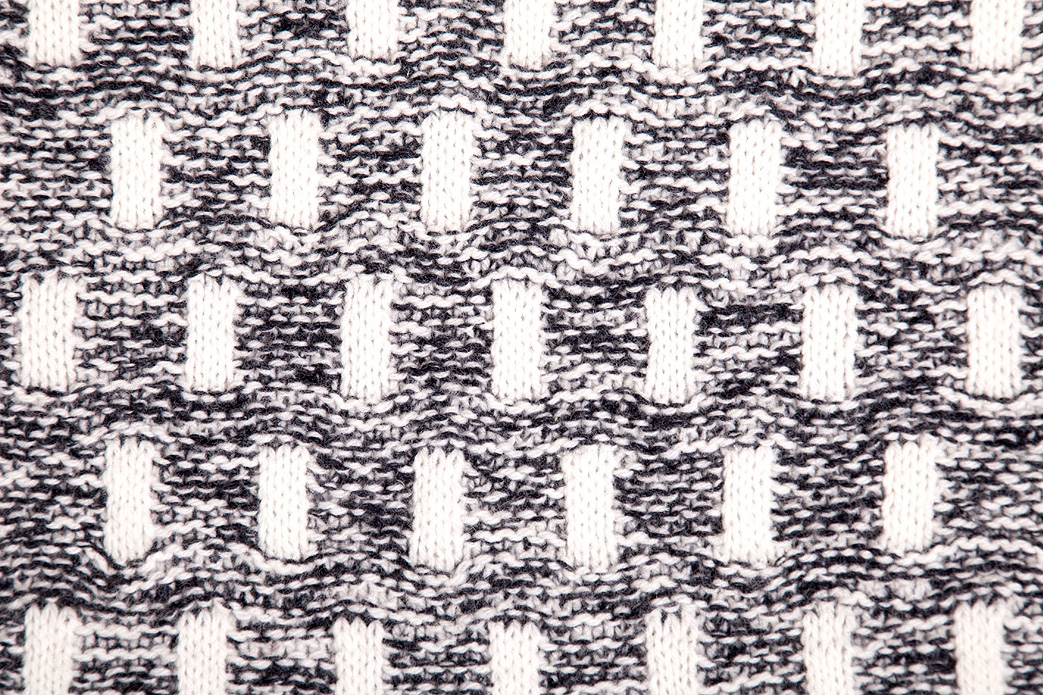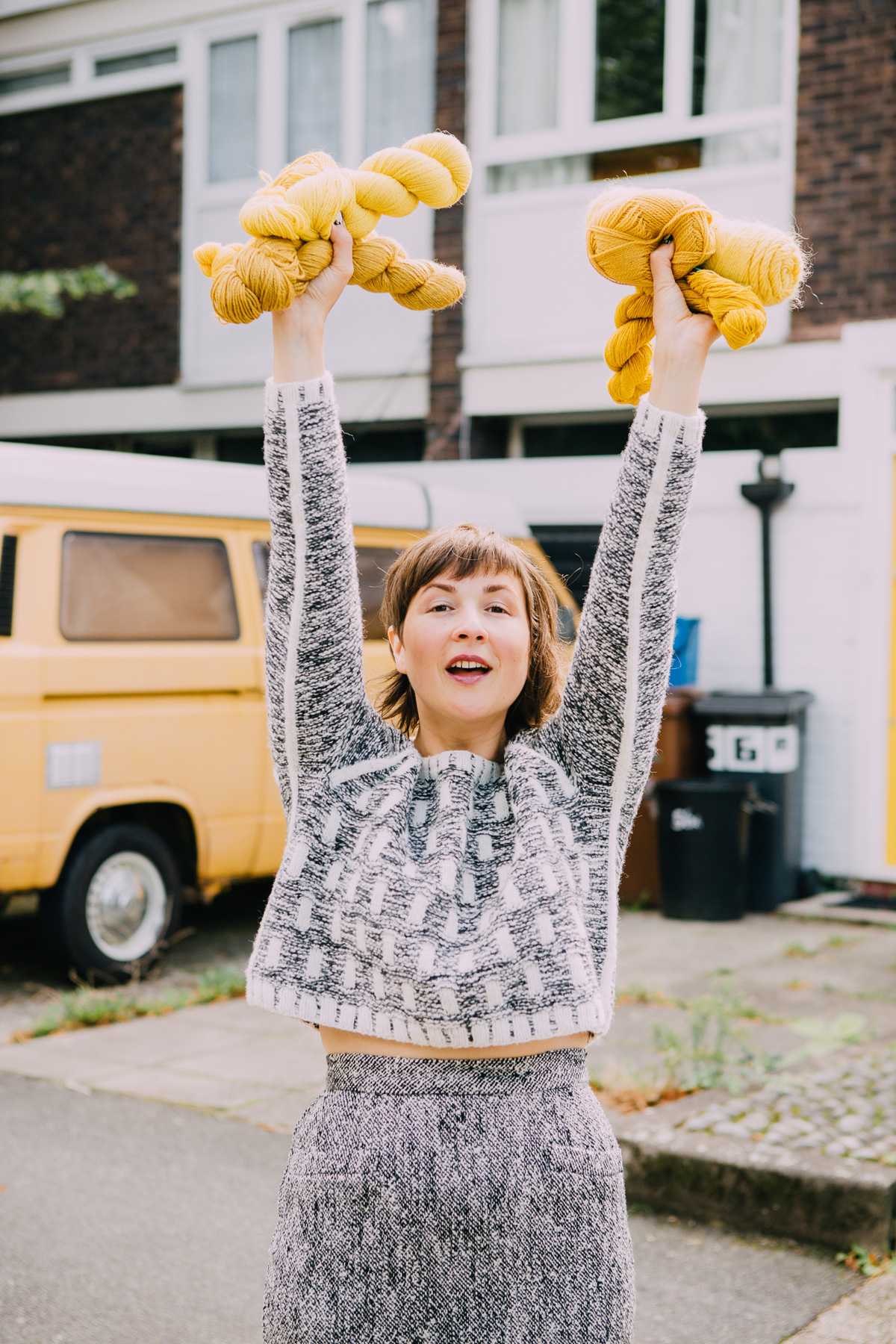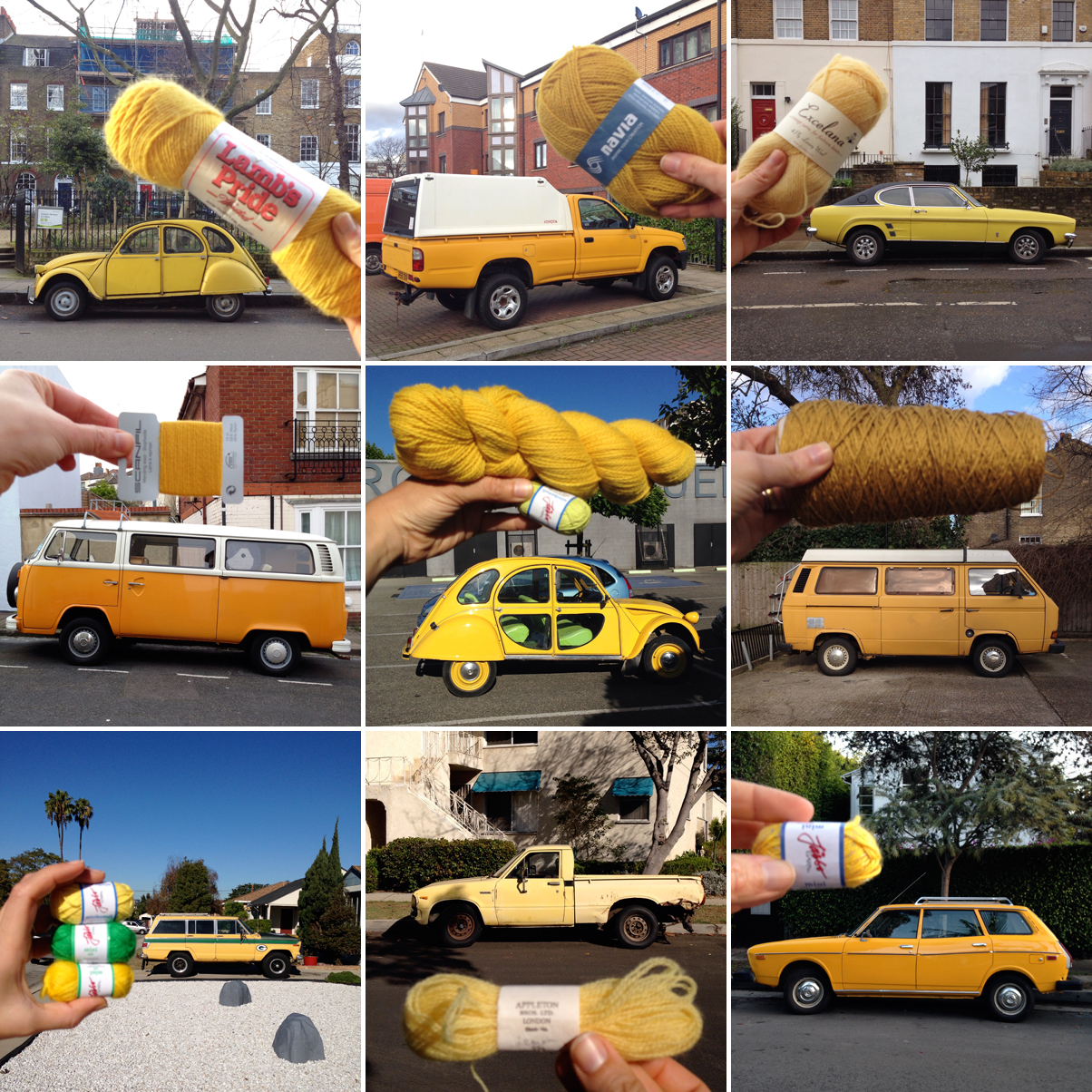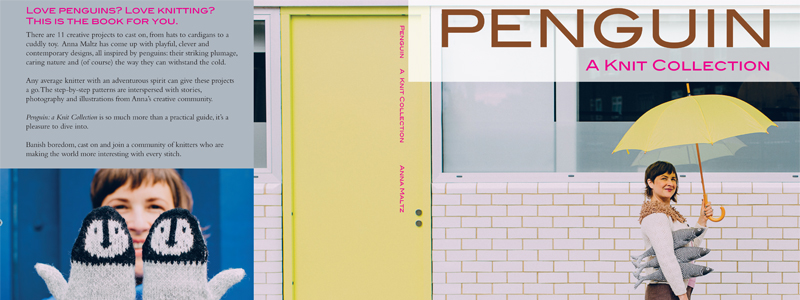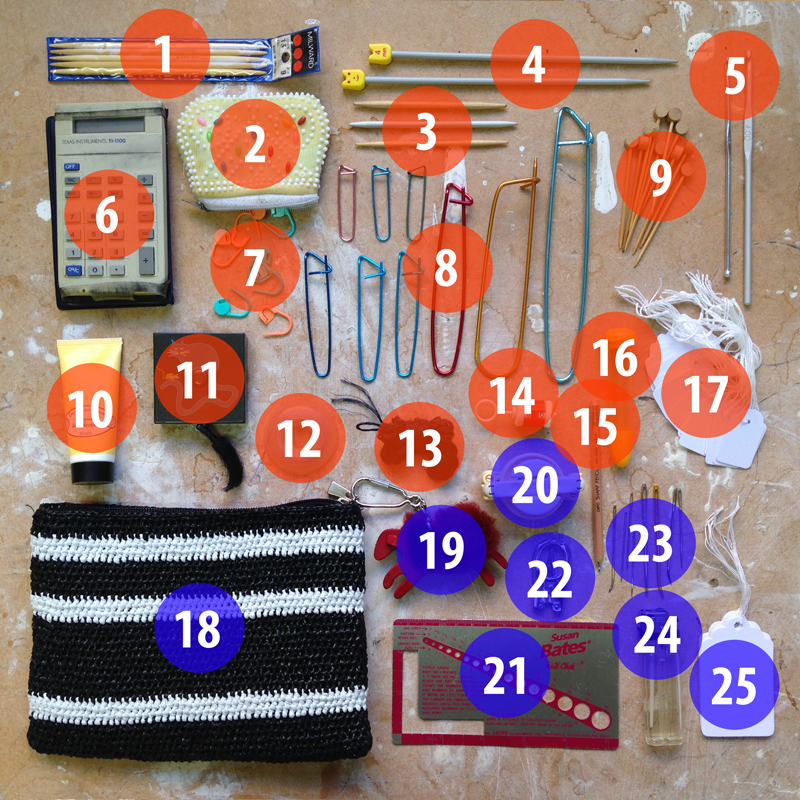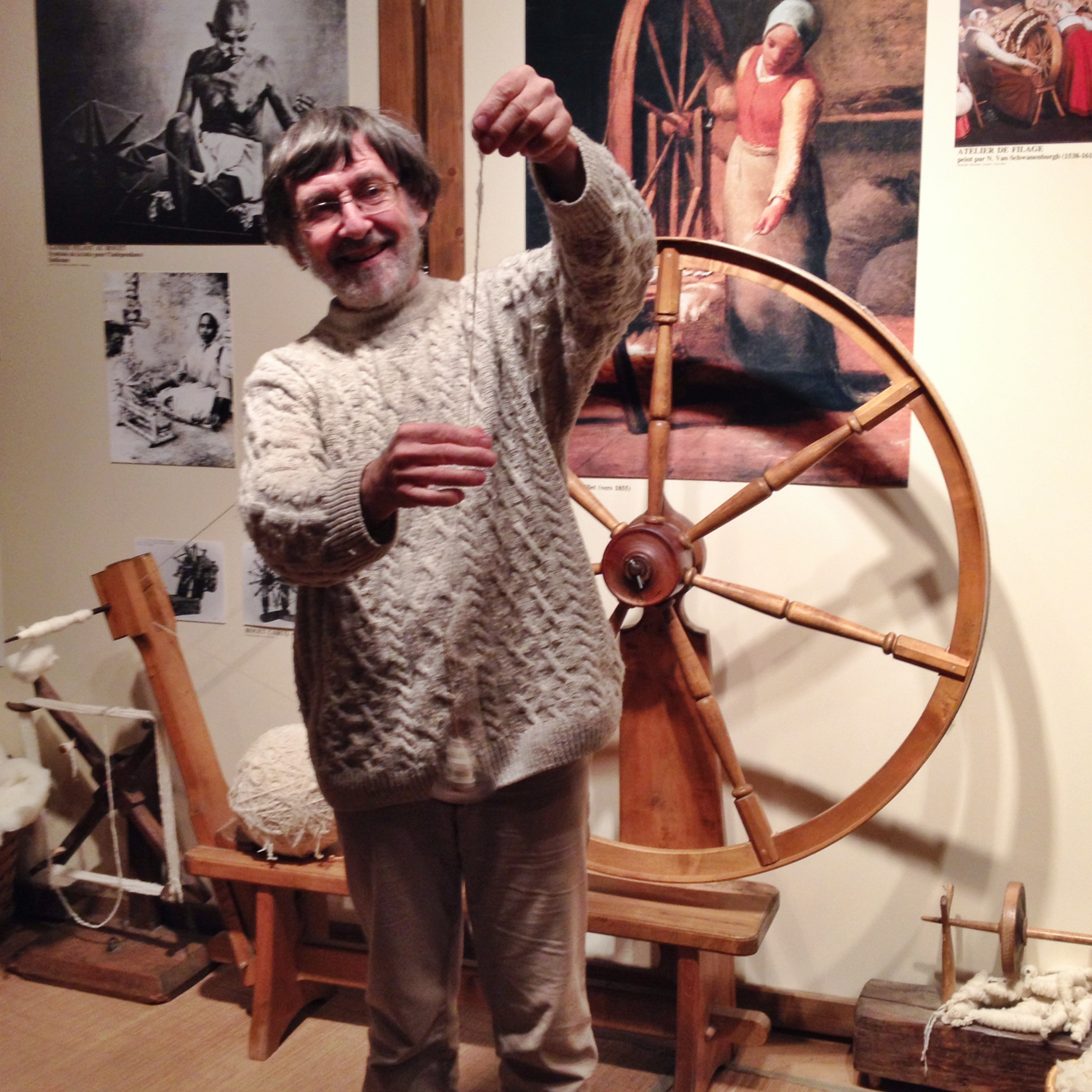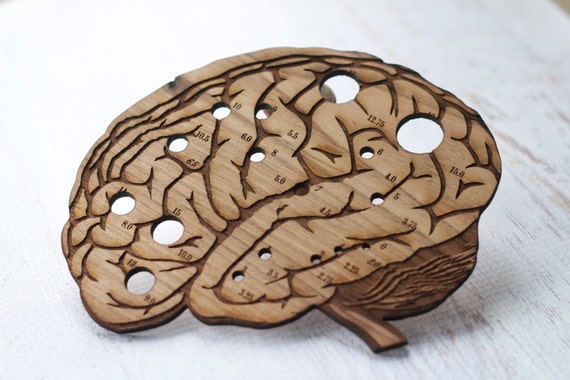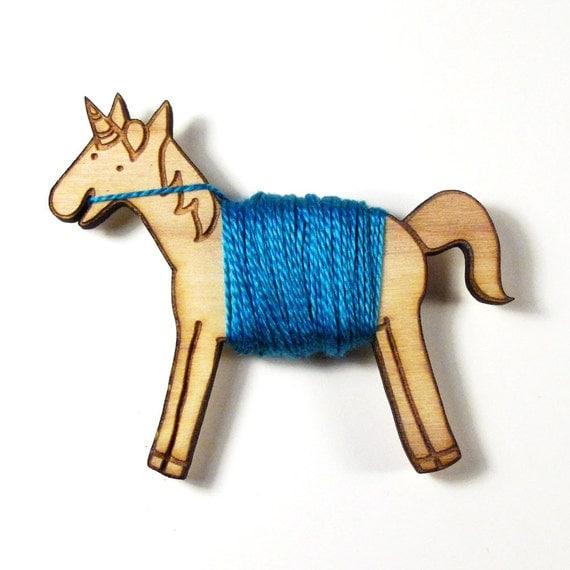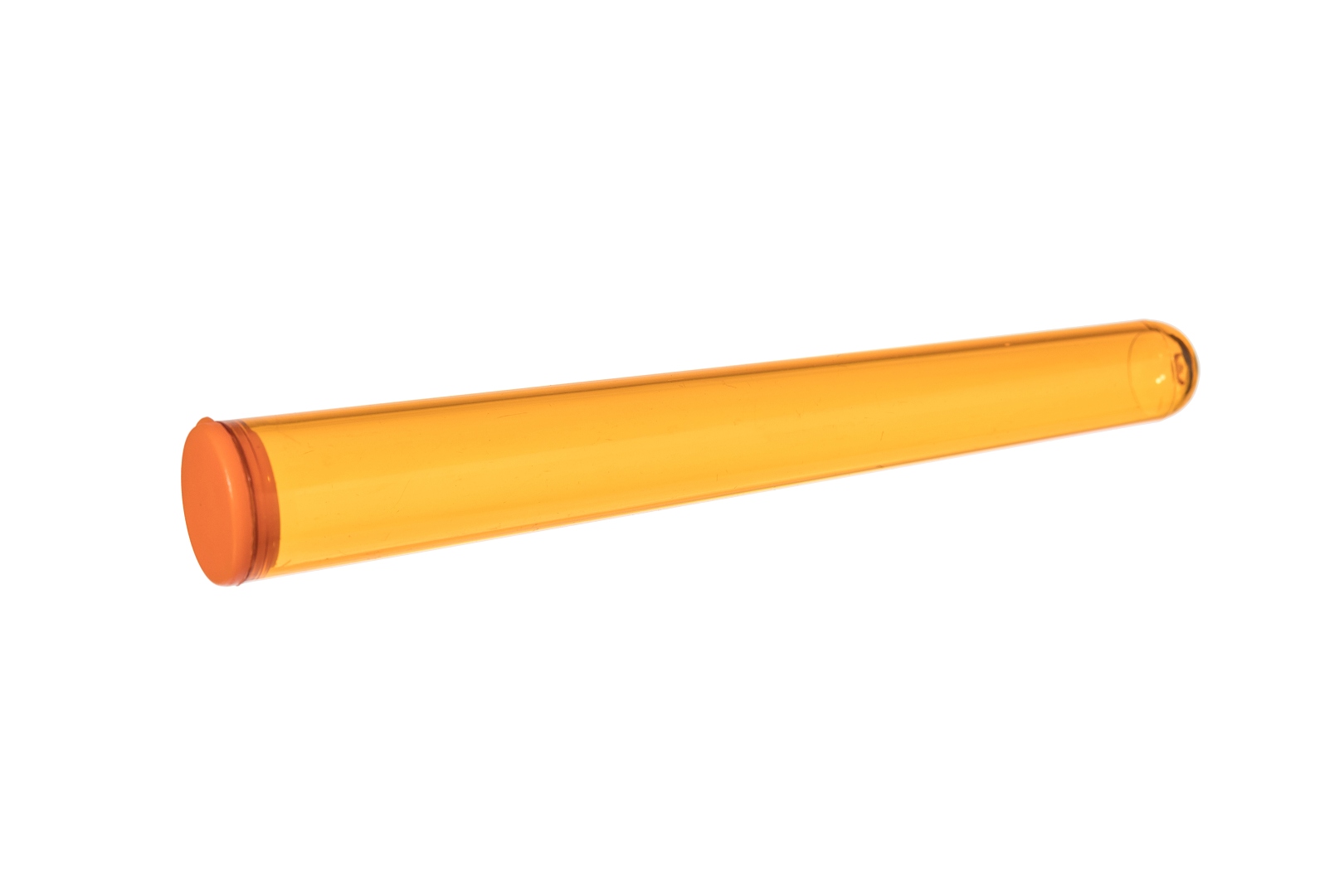Originally published in Pom Pom Quarterly, Issue 15, Autumn 2015
Black Welsh Mountain, Border Leicester, Boreray, Cambridge, Castlemilk Moorit, Clun Forest, Cotswold, Dalesbred, Devon Closewool, Derbyshire Gritstone, Dorset Down, Dorset Horn, Greyface Dartmoor, Exmore Horn, Hampshire Down, Hebridean, Hill Radnor, Kerry Hill, Llanwenog, Lleyn, Leicester Longwool, Lincoln, Manx Loaghton, Masham, Norfolk Horn, North Ronaldsay, Oxford, Poll Dorset, Polwarth, Portland, Romedale, Romney, Rough Fell, Ryeland, Scottish Blackface, Shetland, Shropshire, Soay, Southdown, South Wales Mountain, Suffolk, Swaledale, Teeswater, Welsh Mountain, Wensleydale…
This could read as an impractical itinerary for an alphabetised tour of the United Kingdom. But you, savvy readers, probably recognise it as the names of sheep breeds. The prize on this treasure hunt is wool. Complaints abound about how television and radio have led to the disappearance of local British accents. Many traditional sheep breeds are similarly on the edge. It is not telly that has led to their demise, but the economic ramifications of large- scale farming, globalisation, synthetics, washing machines and air conditioning.
I also think the fact that knitting was decidedly “uncool” for about a decade, and the apparent increase in our intolerance for itchiness have both played a significant part in reducing the demand for yarn made from these sheep’s fleeces.
We are rapidly making up for our dropped stitches. There has been a dramatic resurgence of interest in single-breed and locally produced yarns. While scarceness could have made them hard to come by, the t’interweb and ease of international travel have made them accessible like never before. Hardly coincidentally, our skills are returning to a level where we have the nous to adapt patterns (or even design our own) to suit the small-scale producer yarns we might be lucky enough to get our hands on. The truth of the matter is you won’t find much pattern support for these yarns; it just isn’t viable. This puts the ball in your court. Luckily, in the 10+ years that knitting has been “Oh, isn’t knitting really fashionable again?!” we have followed enough patterns, blogs and knit-alongs to know there’s a world beyond sticking to the specified yarn in the pictured colours.
It would be remiss of me not to bring up the potential itch factor when it comes to yarn from these rediscovered breeds. Buttery softness has never been a top priority; they were bred at a time when you might own a couple of sweaters at best and you needed them to last. Nylon didn’t exist to strengthen your socks; you wanted them to be hard-wearing so you wouldn’t have to darn them constantly. Yes, silky soft feels nice against your skin, but its use stops right around there. It might be super squishable at the wool shop and a dream on your fingers, allowing for hours of pleasant knitting, but the likelihood is it will result in an accessory or garment that pills infuriatingly even after a single wear. And so now it seems we are ready to return to rough and tough yarns in the hope that they will increase the longevity of our handiwork and justify the hours we put in. But isn’t there also something breathlessly exciting and rewarding about rescuing something from the brink of extinction?
Before a standard issue yarn lands in the cute cubbyhole at a LYS or through your letterbox, it has often travelled further than many could hope to in a lifetime. The production itinerary of a big box yarn looks a lot like the round-the-world ticket of an American 20-something on a westward looping trip to self-discovery. The journey might start with an Antipodean sojourn (for raw fibre), then whizz through rapidly modernising China (for processing). To be swish, there will be a stop in Europe (for spinning in Italy). Next port of call is India (for packaging). Along the way there might be a stop or two more, even some backtracking before returning home. While we might be able to justify the carbon footprint of personal travel with the benefits of eye-opening exploration, there’s a growing awareness that such globetrotting is frivolous for our consumables. Especially if they can be made close to home and the international quest they are sent on is actually a question of the bottom line. Like budget airlines, there are hidden costs and a lot of fine print.
Wool of a specific place, sheep and people – where perhaps the landscape or history dictates or creates a yarn’s colour – is an exciting thing. Chances are, if a fleece protected a sheep native to your local environment from the elements, it will be ideally equipped to do the same for you. In an age of global brands, where the market is saturated with homogenous, mass-produced products, it’s important, satisfying and rewarding to find ways of circumventing them. People do it for all kinds of reasons: to be responsible, forward-thinking, old-fashioned, elitist, or simply to support friends and neighbours. The knock-on benefits of local yarn are countless, not least in the friend-making department. We all like a good story and the stories you’ll receive and have at your disposal with these yarns is incomparable to any big brand, no matter how hard their PR department works to spin a tale.
Attempts at knitting purism abound – only knitting lopapeysa in Iceland wool or just using Shetland wool for your Fair Isle knits. There is sense to this: many regional styles of knitting grew from the properties of the local fleece, but remember that there also would have been no other yarn available at the time. And if you don’t actually live in those places, some of the point is lost anyway. A more accurate reflection of our contemporary world is to engage in fusion knitting. Like fusion cooking, it involves melding ingredients and preparation styles from different regions of the world in a way that recognises and appreciates their heritage. My friend Celine has a wealth of knowledge regarding European single country yarns. Geography always plays a role in her decisions about which yarns to combine in her next project. She likes the fleece to be grown and spun in a single country in order to support the local business ecosystem, traditions and environment, but after that, she feels free to combine them. The provenance of each yarn and the stories of how she got them, whether from her local mill or as a souvenir from her or her friends’ travels, are knit into the project and make it all the more special.
Ready for some educational exploration of your own? You could do worse than reading Sue Blacker’s Pure Wool: A Knitters Guide to Using Single-Breed Yarns (A&C Black Publishers Ltd, 2012) and Clara Parkes’ The Knitter’s Book of Wool (Potter Craft, 2009). When November rolls around, be ready to join the Wovember fun (yes, November isn’t just for growing out your moustache). If you appreciate a royal endorsement from Prince Charles, there’s Wool Week in October. Most importantly though, ask around – check out your local yarn shop, farm shop, city farm, county fair, or sheep and yarn festival – and who knows what treasures you’ll discover. And if your travels take you further afield, yarn packs very well.


